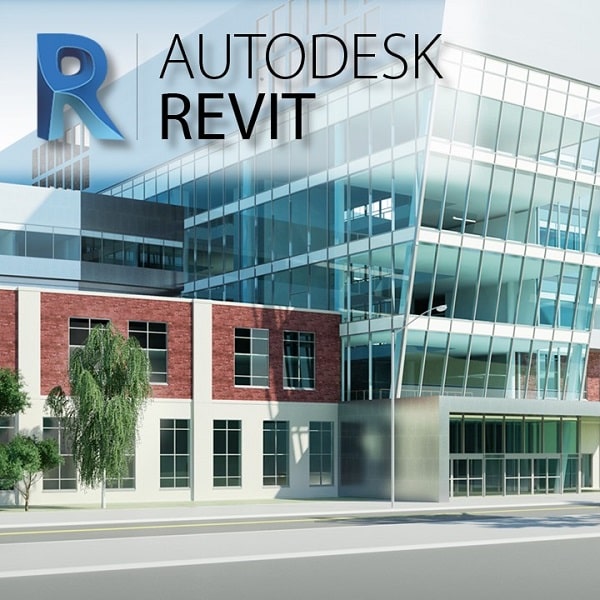Revolutionizing Building Design: The Power of Revit MEP and Intelligent Systems
In the fast-evolving landscape of architecture and
engineering, the integration of intelligent systems has become a transformative
force. Among these innovations, Autodesk Revit MEP stands out as a
game-changer, reshaping the way we approach building design and construction.
With its robust features and seamless integration of Building Information
Modeling (BIM) technology, Revit MEP empowers professionals to create smarter,
more efficient, and sustainable buildings. Let's delve into how Revit MEP is
revolutionizing building design through the lens of intelligent systems.
The Rise of BIM and Revit MEP
Before the advent of BIM, traditional building design
and documentation processes were often fragmented, time-consuming, and prone to
errors. BIM introduced a paradigm shift by enabling stakeholders to
collaboratively design, visualize, simulate, and manage buildings and
infrastructure projects throughout their lifecycle.
At the heart of this revolution is Revit MEP, a powerful
software solution tailored specifically for mechanical, electrical, and
plumbing (MEP) engineers and designers. By leveraging a unified model-based
approach, Revit MEP facilitates seamless coordination and communication between
disciplines, eliminating silos and streamlining workflows from conceptual
design to construction.
Intelligent Systems Driving Efficiency
One of the key strengths of Revit MEP lies in its
ability to harness the power of intelligent systems to drive efficiency and
innovation across the design process. Here are some ways in which intelligent
systems within Revit MEP are transforming building design:
1. Parametric Modeling:
Revit MEP employs parametric modeling techniques that
enable designers to create intelligent building components with predefined parameters
and relationships. This parametric intelligence allows for rapid iteration and
exploration of design alternatives while ensuring consistency and accuracy
across the project.
2. Performance Analysis:
Through seamless integration with analytical tools and
plugins, Revit MEP facilitates performance analysis in areas such as energy
consumption, thermal comfort, lighting levels, and airflow. By simulating
various design scenarios and evaluating their impact on building performance,
designers can optimize their designs for sustainability and efficiency.
3. Clash Detection and Coordination:
Gone are the days of clashes and conflicts during
construction. Revit MEP's clash detection capabilities enable designers to
identify and resolve clashes between MEP systems, structural elements, and
architectural components in the virtual environment. This proactive approach
minimizes costly rework and delays, leading to smoother construction processes.
4. Automation and Customization:
Revit MEP offers extensive opportunities for automation
and customization through scripting, macros, and add-ins. By automating
repetitive tasks and creating custom workflows, designers can significantly
enhance productivity and focus on value-added activities that drive innovation
and creativity.
Collaboration and Integration
In today's interconnected world, collaboration is key to
success in building design and construction projects. Revit MEP facilitates
collaboration through its interoperability with other Autodesk software
solutions, such as AutoCAD, Navisworks, and BIM 360. This seamless integration
allows multidisciplinary teams to work together in real-time, share
information, and coordinate efforts effectively.
Conclusion
In conclusion, Revit MEP represents a paradigm shift in
building design, powered by intelligent systems and BIM technology. By
embracing a model-based approach and leveraging intelligent tools, MEP
engineers and designers can unlock new levels of efficiency, sustainability,
and innovation in their projects. As the industry continues to evolve, Revit
MEP will undoubtedly play a central role in shaping the future of building
design and construction, driving progress towards smarter, more resilient built
environments.


